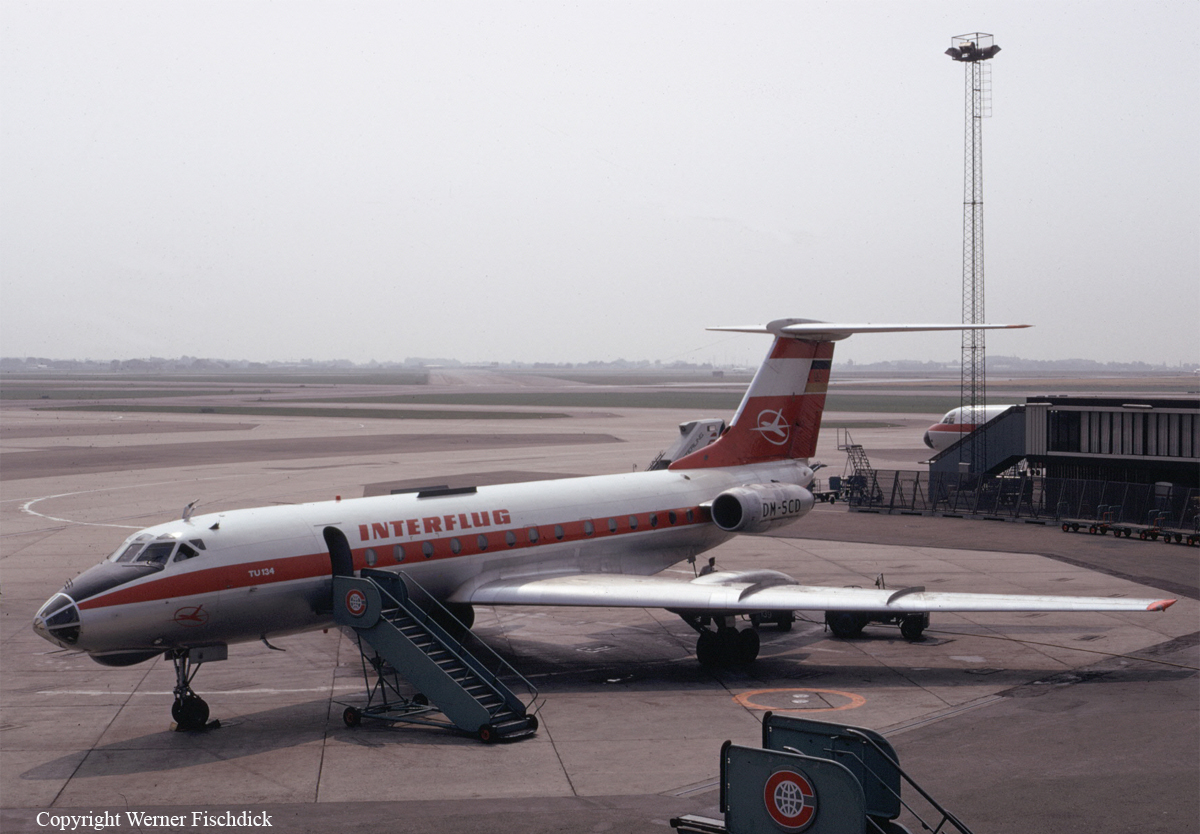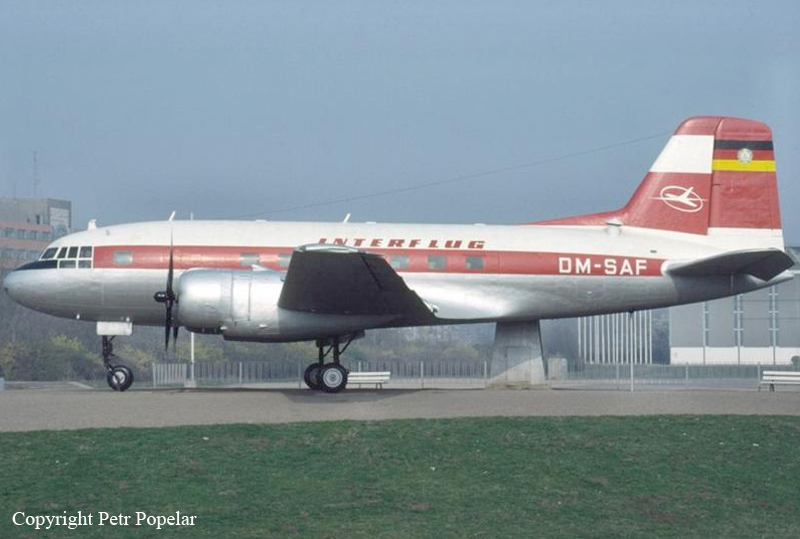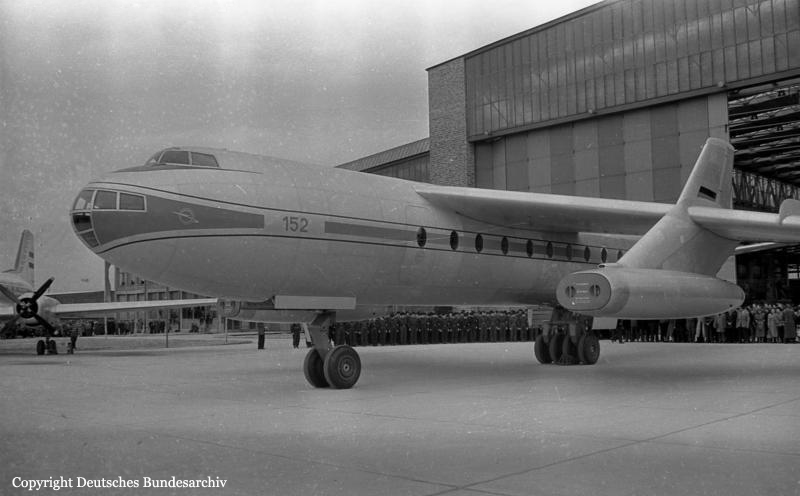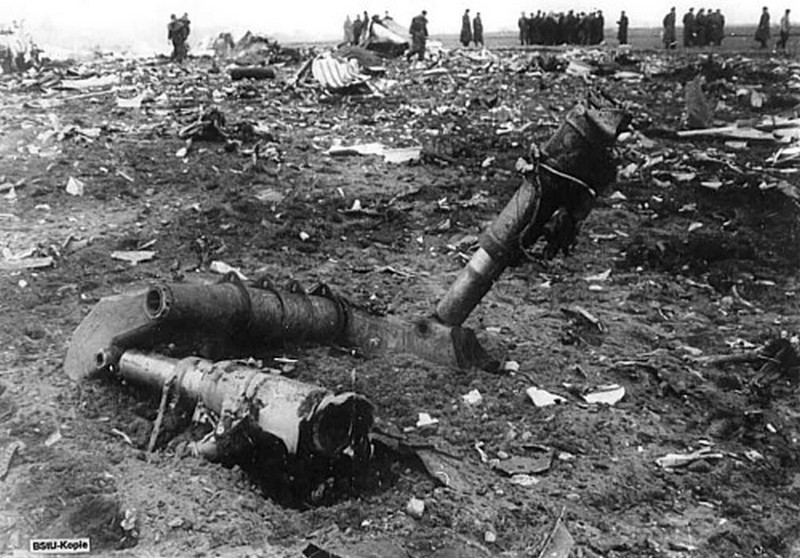Crash of a Beechcraft B60 Duke in Grossnaundorf: 5 killed
Date & Time:
Mar 20, 1995
Registration:
D-ISMH
Survivors:
No
Schedule:
Münster-Osnabrück – Dresden
MSN:
P-561
YOM:
1981
Crew on board:
1
Crew fatalities:
Pax on board:
4
Pax fatalities:
Other fatalities:
Total fatalities:
5
Circumstances:
The twin engine aircraft departed Münster-Osnabrück Airport on a flight to Dresden, carrying four passengers and one pilot. On approach to Dresden-Klotzsche Airport by night, the pilot failed to realize his altitude was too low when the aircraft struck the chimney of a bungalow and crashed in a field located in Grossnaundorf, 13 km northeast of runway 22 threshold, bursting into flames. All five occupants were killed, among them Dietman Richert.













